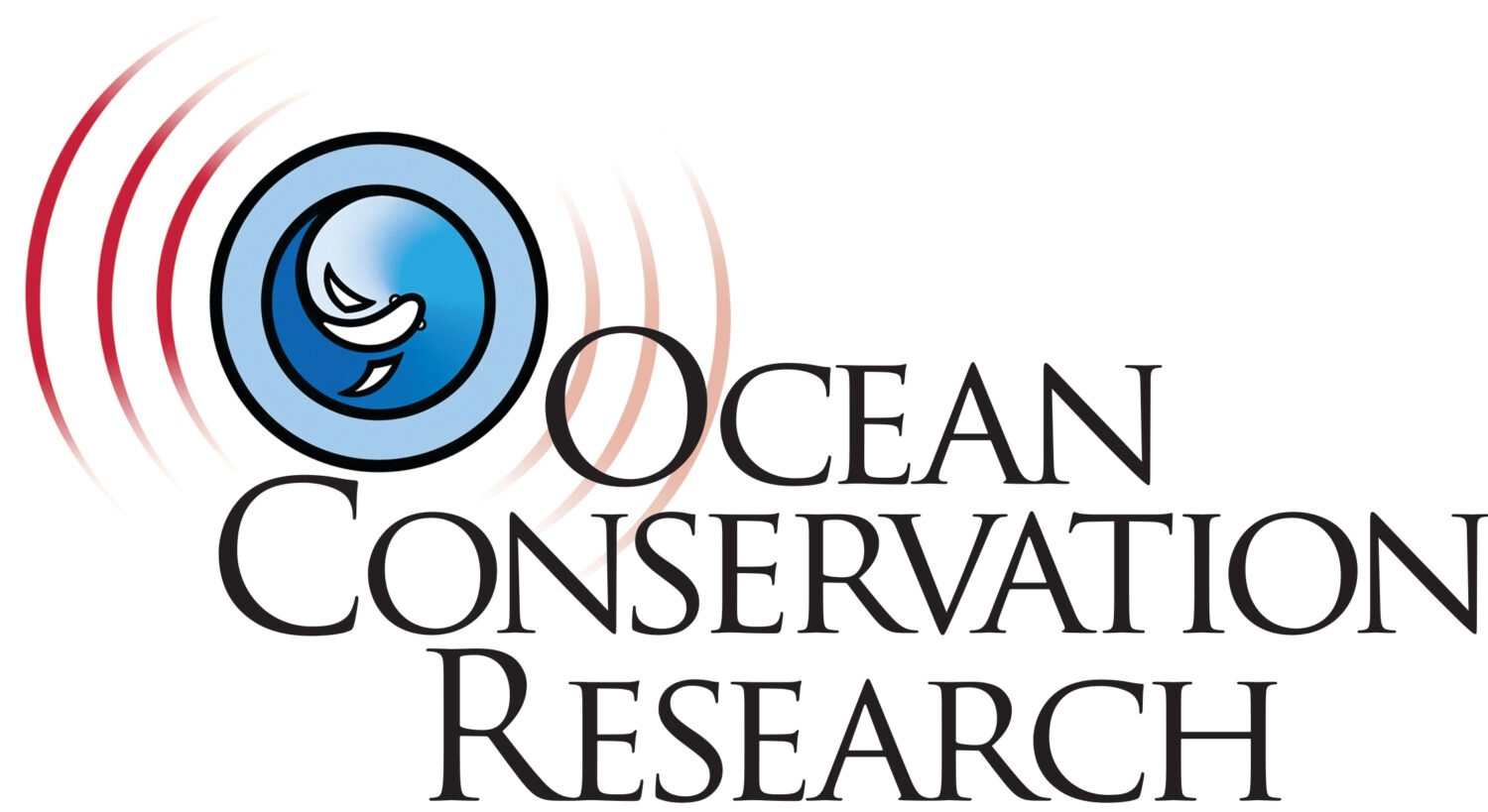How do migrating birds fly so far, so fast?
 Blackpoll Warblers fly 1000s of miles over open ocean!
Blackpoll Warblers fly 1000s of miles over open ocean!
For birds, rapid pressure fluctuations would indicate an unstable weather front, presaging variable oncoming winds which would buffet and torment their flight. But a constant decrease in barometric pressure would indicate a stable, oncoming weather front that would provide them with healthy tailwinds – assisting their monumental flights across long stretches of land and sea.
And these migration paths are seasonally timed to intersect with feeding, breeding, and nesting conditions that coincide with seasonal cycles of foliage, food sources, and breeding opportunities. Unlike humans, many birds don’t vacation with their seasonal spouses. This is good for the gene pool for critters that need to throw their lives to the mercy of the winds twice a year.
I bring this up because I find global migration fascinating, marvelous, and humbling: We inhabit a living planet that has collectively, and adaptively figured out these sorts of things.
I also bring this up because our human enterprises are on the verge of disrupting these fascinating and marvelous migrations.
It so happens that wind turbines generate a lot of ‘infrasonic” energy – to the extent that that it can be measured seismically. This energy will likely interfere with the bio-geological cues that migrating animals – in this case birds and whales, need to figure out where they are, and where they need to be.
The gist of my argument – like many of my assertions on other offshore industrial antics, is that we are disrupting marine habitats and transforming the relationships that pretty much all ocean critters have depended upon since the last serious biological disruption – some 65 million years ago.
 Blackpoll Warblers fly 1000s of miles over open ocean!
Blackpoll Warblers fly 1000s of miles over open ocean!